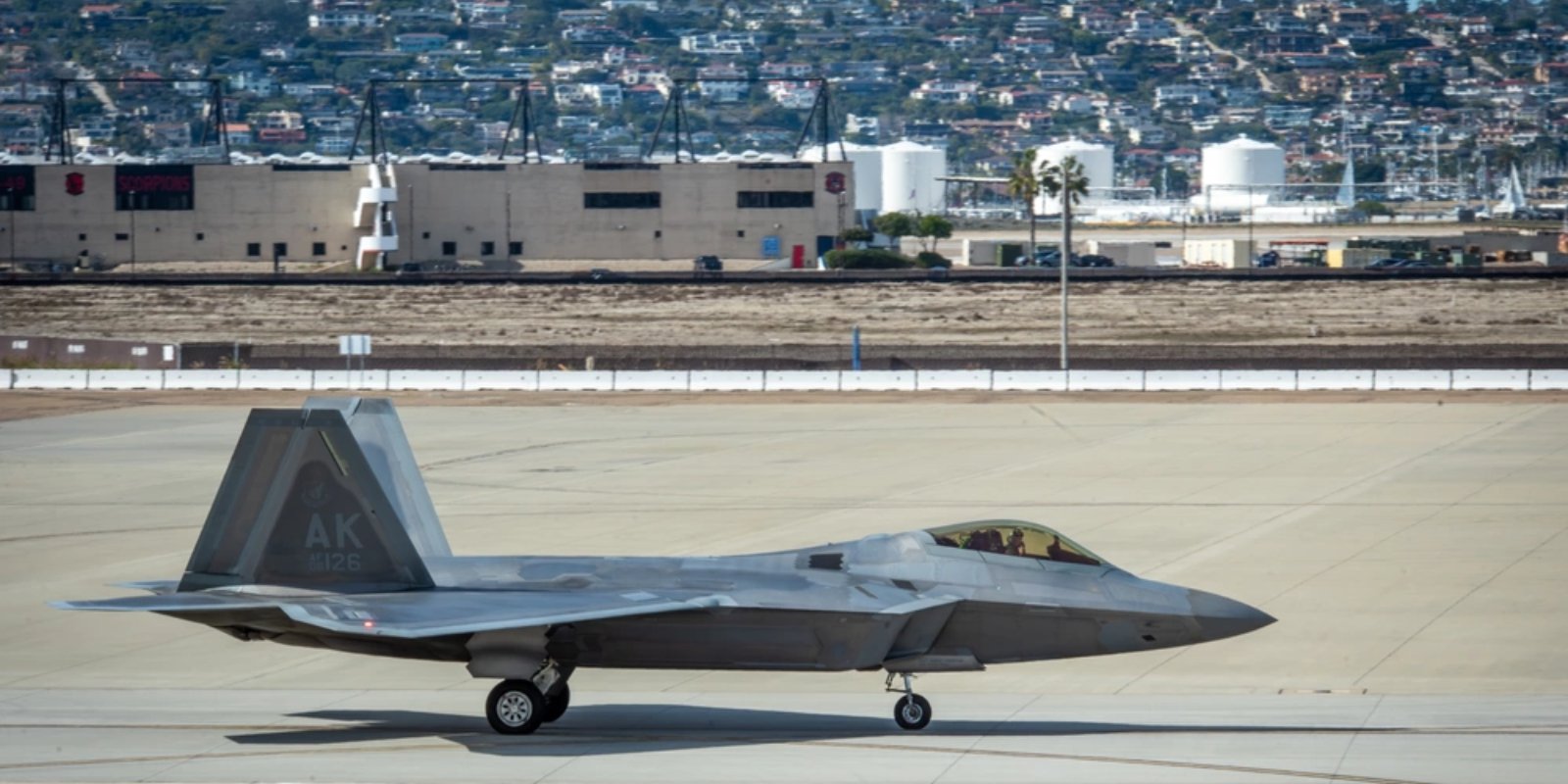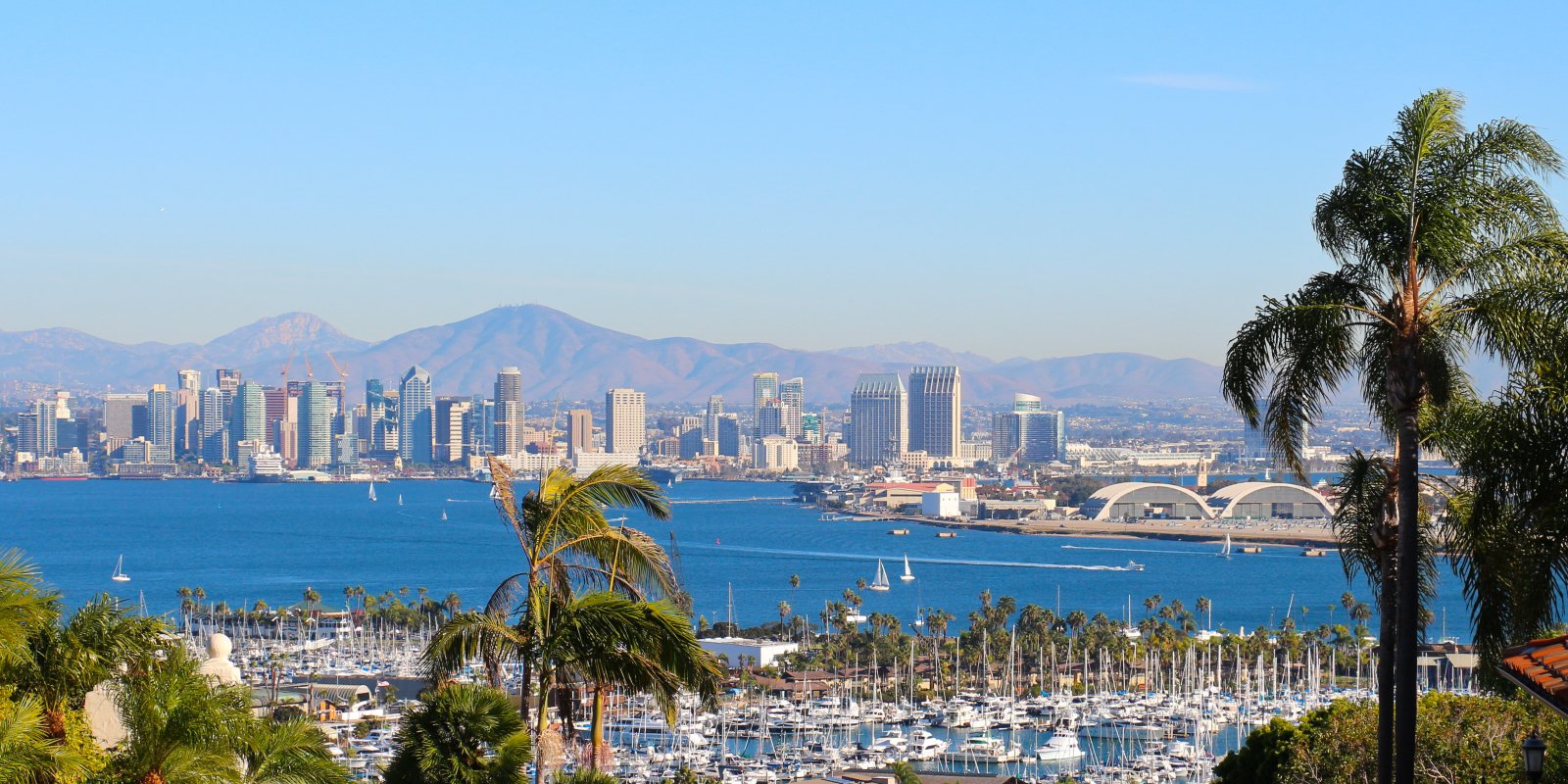MILITARY HAIRSTYLES: EVOLUTION FROM WWII BUZZ CUTS TO MODERN FADES

When you think of the U.S. military, there are a few iconic images that might come to mind: crisp uniforms, medals, and, of course, neatly trimmed hair.
Hair has always been more than just a matter of appearance in the armed forces. As a matter of fact, it is a symbol of discipline, unity, and tradition. Every generation of service members has found a way to own their era. So, let’s take a lighthearted look at the military hairstyles that have accompanied service members from the Revolutionary War to now.
Revolutionary War Hairstyles: Wigs and Long Hair
During the 1700s and throughout the Revolutionary War, those who served in the Army often wore wigs, as did European officials.
Eventually, those who were serving in the infantry also began to don wigs. However, not everyone could afford this style, and alternatively, they would grow their own hair out.
Civil War Hairstyles: Short Hair and Muttonchops
By the Civil War, men began to embrace full facial hair, which included beards, mustaches, and mutton chops.
In fact, you would commonly see many Army officials wearing bushy muttonchops with shorter hair on their heads. Muttonchop’s rise in popularity was largely due to General Ambrose Burnside. He was a Union General who was famous for his very distinctive, thick facial hair.
Additionally, he had distinctive, thick sideburns that connected to his mustache, but left his chin bare. His influence grew, and eventually the term “sideburns” was coined, which was a play on his name.
Due to Burnside’s influence and position of authority, facial hair quickly became seen as a signifier of masculinity and authority.
WWI Military Hairstyles: Practicality and Function
During WWI, men’s hairstyles were very practical, featuring short sides, and a long top.
For those combing over their hair, they had to make sure that their part was neat and distinguished.
The WWI look was very distinctive, as hair around the ears was often shaved, and was cut close to the scalp on the back and sides of the head.
WWII High and Tight Haircut: A Military Staple
Millions of young men flooded military training camps during World War II, and a common experience for all was a trip to the barber. Ready or not, that hair came off.
During this era, practicality was very important. Therefore, the military haircut wasn't centered around looking good.
If you look back in pictures, you'll see that men mostly had close-cropped cuts, which help reduce the risk of lice. Lice was a significant concern in close quarters, so this haircut was all about staying clean.
Often referred to as the “high and tight, ” this haircut featured shaved sides and a short top, nothing fancy. Despite the strict regulations and buttoned-up appearances, service members managed to add a touch of their own personality.
When they left and headed to town, they would slick the top of their high and tight with pomade, mimicking the look of Hollywood stars. It was indeed a war zone for them during the week but on a Saturday night? You better believe those guys wanted to turn heads at the local dance.
Post-WWII Flattop Haircuts: Military Influence
Things lightened up after WWII, and rock ‘n’ roll was a part of it. Movie stars had perfectly coiffed hair, so the idea of bringing flair to cool military hairstyles didn’t seem to hurt.
The flattop era – the sides and back cropped short, with a top so flat that it could double as a small landing pad. Veterans LOVED it. Civilians admired it. And barbers became legends for their mastery of it.
Getting a great flattop became a source of pride back then, so finding the right barber was on top task for service members.
They would often share their go-to barber shop with each other, just to make sure to visit the guy who can create that perfectly square top, no dips and uneven spots, someone who can say, “I know how to handle precision.”
To this day, many still maintain the look, and some Veterans continue to wear this military hairstyle.
Vietnam War Era Haircuts: Military Regulation Length
During the Vietnam War era, long hair and scruffy beards symbolized peace and rebellion. The message here was to look sharp, stay clean, and follow the rules.
Soldiers mostly kept standard haircuts; short buzz cuts and crew cuts were the usual military hairstyles.
The most popular in this era was the crew cut – it had a distinct style, short, practical, and just enough hair on top to comb or style, yet still met military regulations.
Soldiers often found small ways to express their personality and still maintain style, and one of those ways was growing a mustache. It’s one of the few that were allowed, such as tattoos, religious garments, and eyeglasses, of course, still with restrictions.
Modern Military Hairstyles: Evolution and Grooming
Military hairstyles now are very different, and much more flexible. The rules are still there (and always will be), but there’s more room for a personal touch.
The “faded” haircut has become the go-to look in the military today, as it offers a range of styling options – from a high fade to a skin fade. It’s clean and sharp. When done right, you can never go back to your old hairstyle. A good fade takes skill and attention to detail, so finding a modern military barber is a true gem for service members.
Grooming now reflects the diversity of those who serve. So, military hairstyles like neatly kept locs, braids, and twists are more respected. When off duty, we can still see Veterans keeping their fades looking sharp. With this, it started to catch the public’s eye, so civilians began to embrace wearing cool military hairstyles.
Ultimately, it’s not just about haircuts or regulation; they tell a story. The haircuts and how they style them act like a small window into history. After all, history isn’t just found in books. Sometimes, it’s just a matter of a few inches of hair.
Read next:
- Military Ordered to Cut the Cost of PCS Moves by 50% by 2030
- U.S. Army Reaches 2025 Recruiting Goal Months Ahead of Schedule
- Military Household Goods Shipments Pulled as Privatized Contract Causes Issues
Sources:
Veteran, Military History & Culture Writer
Allison Kirschbaum
Navy Veteran
Allison Kirschbaum is a Navy Veteran and an experienced historian. She has seven years of experience creating compelling digital content across divers...
Credentials
- Navy Veteran
- 7 years experience in digital content creation
- Expertise across Military, Defense, History, SaaS, MarTech, FinTech industries
Expertise
SHARE:



